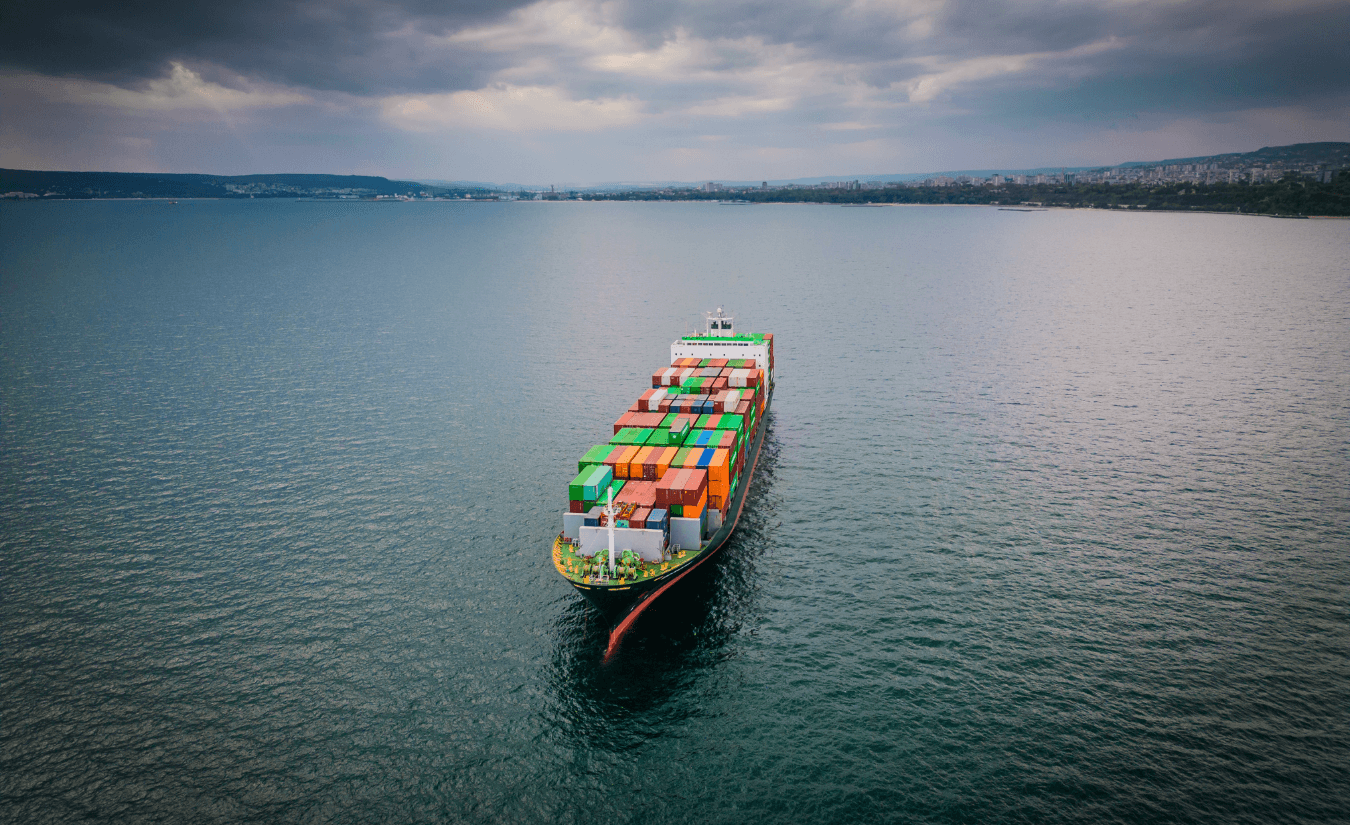Why Power Banks and Cabinets Ship Separately: Understanding Dangerous Goods Regulations
Why Power Banks and Cabinets Ship Separately: Understanding Dangerous Goods Regulations
The Reality of Split Shipping
Many customers wonder why shared power bank manufacturers ship cabinets and power banks separately. The simple answer: lithium batteries are classified as dangerous goods for international shipping. This isn’t just a manufacturer preference. It’s a legal requirement that affects costs, timing, and logistics planning.
Are Power Banks Dangerous Goods?
Yes, power banks are considered dangerous goods because they contain lithium-ion batteries. International shipping regulations classify them as Class 9 dangerous goods under UN3480 (for batteries alone) or UN3481 (for equipment containing batteries).
Why Lithium Batteries Are Regulated
Lithium batteries can pose several risks during transport:
- Fire hazards from thermal runaway
- Explosion risks if damaged or overheated
- Toxic gas release during malfunction
- Short circuit dangers from damaged packaging
These risks led international aviation and shipping authorities to create strict transport rules.
Shipping Requirements for Power Banks
Documentation Needed
Dangerous Goods Declaration
- Proper shipping name
- UN identification number
- Hazard class marking
- Packing group classification
Test Reports Required
- UN 38.3 battery testing certificate
- Transport classification report
- Safety data sheets
- Emergency response procedures
Packaging Standards
Special Packaging Requirements
- UN specification packaging
- Maximum battery quantities per package
- Insulation and protection materials
- Clear hazard labeling
Quantity Limitations
- Air freight: Limited quantities per package
- Sea freight: More flexible but still regulated
- Ground transport: Varies by country
Why Separate Shipping Makes Sense
Cost Considerations
Dangerous Goods Fees
Shipping power banks incurs additional costs:
- Dangerous goods handling fees: $50-150 per shipment
- Special packaging requirements
- Limited carrier options
- Higher insurance premiums
Cabinet Shipping Savings
Cabinets ship as regular cargo:
- Standard freight rates
- More carrier options
- Flexible scheduling
- Lower insurance costs
Logistics Efficiency
Shipping Method Optimization
- Cabinets: Sea freight for cost savings
- Power banks: Air freight for speed
- Different origin points possible
- Inventory management flexibility
Risk Management
- Reduced dangerous goods volume
- Easier customs clearance
- Lower total shipping risks
- Simplified documentation
Timeline Impact
Typical Shipping Schedules
Cabinet Shipping
- Sea freight: 20-35 days
- Air freight: 5-10 days
- Customs clearance: 2-5 days
- Delivery to destination: 1-3 days
Power Bank Shipping
- Additional documentation time: 3-5 days
- Limited flight schedules
- Special handling delays
- Priority customs processing
Planning Considerations
Smart buyers plan shipments to arrive simultaneously:
- Order cabinets 2-3 weeks earlier
- Coordinate with freight forwarders
- Plan installation sequences
- Account for customs variations
Regulatory Differences by Region
Air Transport Regulations
IATA Regulations
- Passenger flights: Severely restricted
- Cargo-only flights: Allowable with limits
- Documentation requirements vary
- Seasonal restrictions possible
Regional Variations
- US: DOT and FAA regulations
- Europe: ICAO and ADR rules
- Asia: Country-specific requirements
- Emerging markets: Developing standards
Sea Freight Rules
IMDG Code Compliance requirements include:
- Maritime dangerous goods regulations
- Container packing requirements
- Port handling restrictions
- Emergency response planning
Best Practices for Buyers
Ordering Strategy
Timing Coordination
- Plan cabinet orders first
- Stagger power bank orders
- Account for shipping time differences
- Build buffer time for delays
Supplier Communication
- Clarify shipping arrangements
- Understand documentation requirements
- Confirm delivery coordination
- Plan installation logistics
Cost Management
Shipping Optimization
- Consolidate power bank shipments
- Choose appropriate shipping methods
- Consider regional distribution centers
- Plan inventory buffers
Budget Planning
- Factor dangerous goods fees
- Include customs duties
- Account for potential delays
- Plan storage costs if needed
Working with Experienced Suppliers
Supplier Selection Criteria
Dangerous Goods Expertise
- UN 38.3 testing capabilities
- Shipping documentation experience
- Carrier relationship management
- Regulatory compliance knowledge
Logistics Coordination
- Multi-shipment coordination
- Real-time tracking systems
- Customs clearance support
- Installation timing management
Key Takeaway
Understanding dangerous goods regulations helps explain why power banks and cabinets ship separately. This isn’t a complication – it’s a safety requirement that protects everyone in the supply chain.Smart planning accounts for these shipping realities from the start. Work with suppliers who understand dangerous goods regulations and can coordinate complex logistics efficiently. This ensures your shared power bank network deployment stays on schedule and within budget.
Essential knowledge for successful deployment


